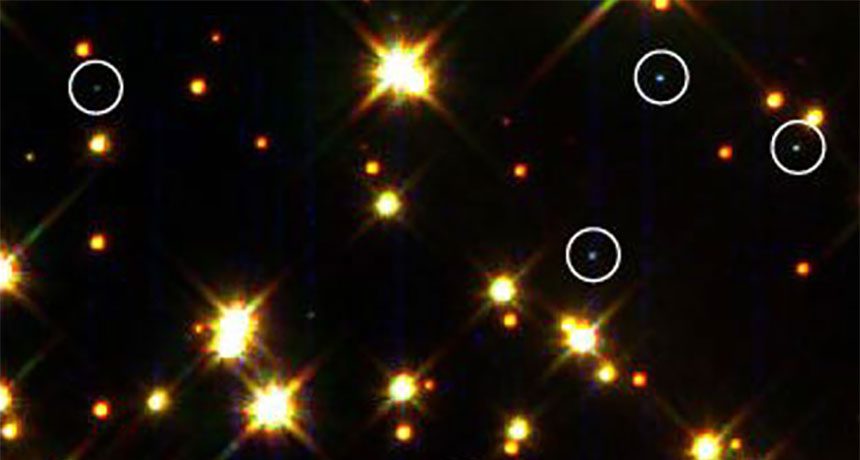(for more about Power Words, click here)
axion A never-seen particle that some cosmologists argue could be the basis of dark matter — the unseen matter that must make up the majority of matter in the universe.
dark matter Physical objects or particles that emit no detectable radiation of their own. They are believed to exist because of unexplained gravitational forces that they appear to exert on other, visible astronomical objects.
hypothetical An adjective used to describe a proposal or idea based upon a hypothesis (which is itself a proposed explanation for something).
physics The scientific study of the nature and properties of matter and energy. A scientist who works in that field is known as a physicist.
red giant A large star that has cooled (hence its red color) that develops after helium-fueled fusion reactions in its core have shut down.
star The basic building block from which galaxies are made. Stars develop when gravity compacts clouds of gas. When they become dense enough to sustain nuclear-fusion reactions, stars will emit light and sometimes other forms of electromagnetic radiation. The sun is our closest star.
white dwarf A small, very dense star that is typically the size of a planet. It is what is left when a star with a mass about the same as our sun’s has exhausted its nuclear fuel of hydrogen, and collapsed.








